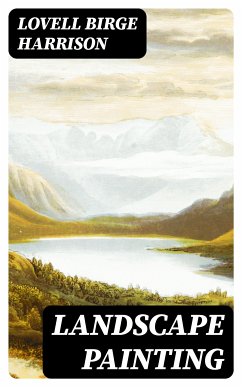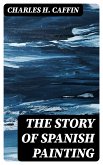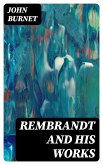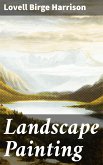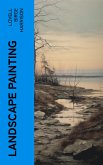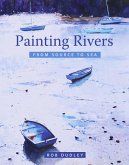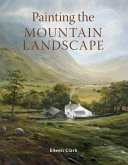In "Landscape Painting," Lovell Birge Harrison presents a comprehensive examination of the techniques and principles vital to capturing the essence of the natural world on canvas. Harrison's approach is characterized by a clear, instructional style that combines practical advice with philosophical reflections on the interaction between artist and landscape. Rooted in the American Impressionist tradition, the book delves into the subtleties of light, color, and composition, offering a rich context for understanding the evolving landscape of American art during the late 19th and early 20th centuries. Lovell Birge Harrison, a prominent figure in American art, was deeply influenced by his own experiences in the wilderness of the Appalachian Mountains, which profoundly informed his artistic sensibilities. His commitment to realism and the portrayal of natural beauty resonates throughout this work, reflecting his broader mission to elevate American landscape painting. Harrison's ties to the artistic community and his own journey as a painter inform the depth of his insights, making this book both personal and authoritative. For aspiring artists and art enthusiasts alike, "Landscape Painting" serves as an invaluable resource. It not only equips readers with foundational techniques but also inspires them to look deeper into the relationship between art and nature. This book is a must-read for anyone seeking to enhance their understanding and appreciation of landscape painting.
Dieser Download kann aus rechtlichen Gründen nur mit Rechnungsadresse in A, B, BG, CY, CZ, D, DK, EW, E, FIN, F, GR, H, IRL, I, LT, L, LR, M, NL, PL, P, R, S, SLO, SK ausgeliefert werden.

